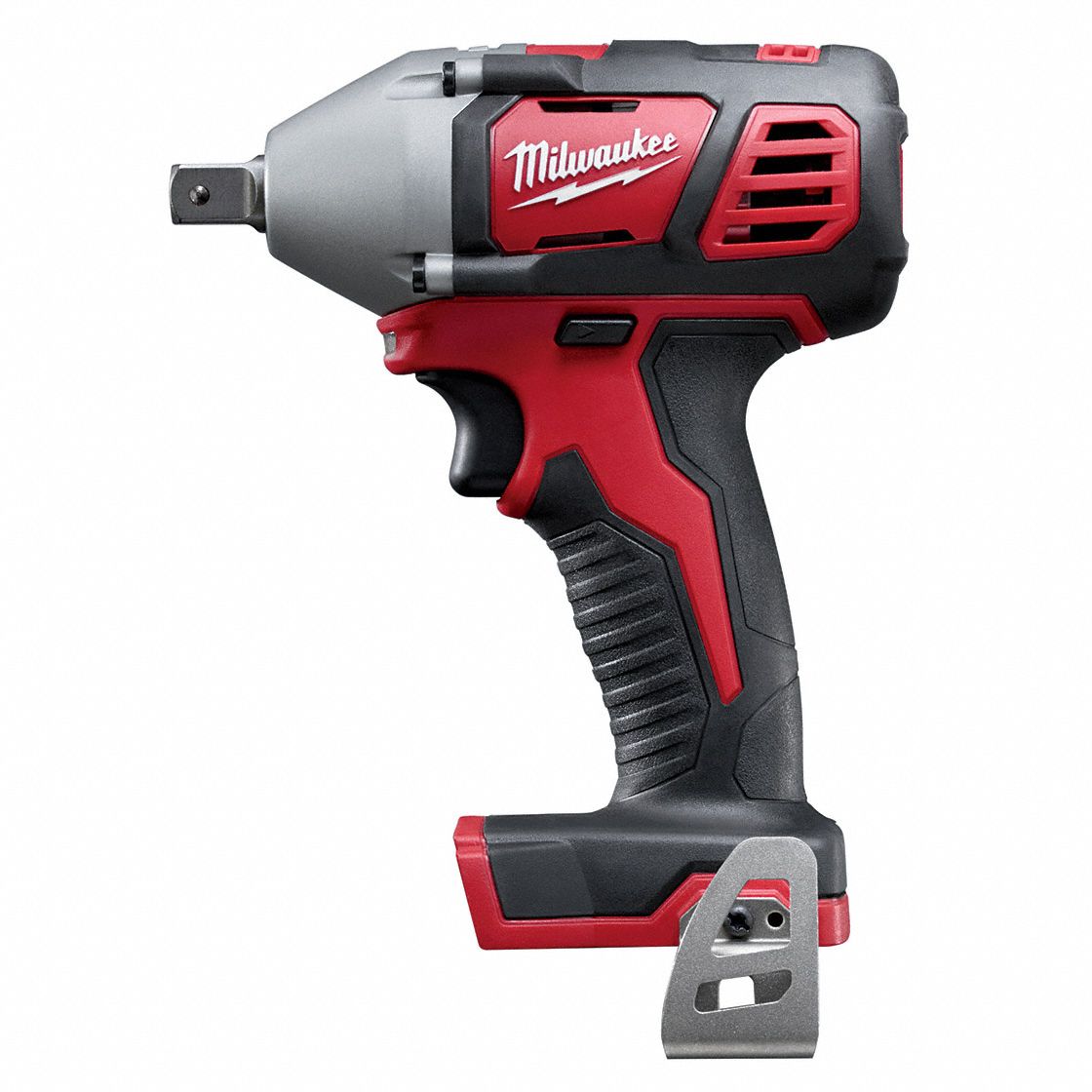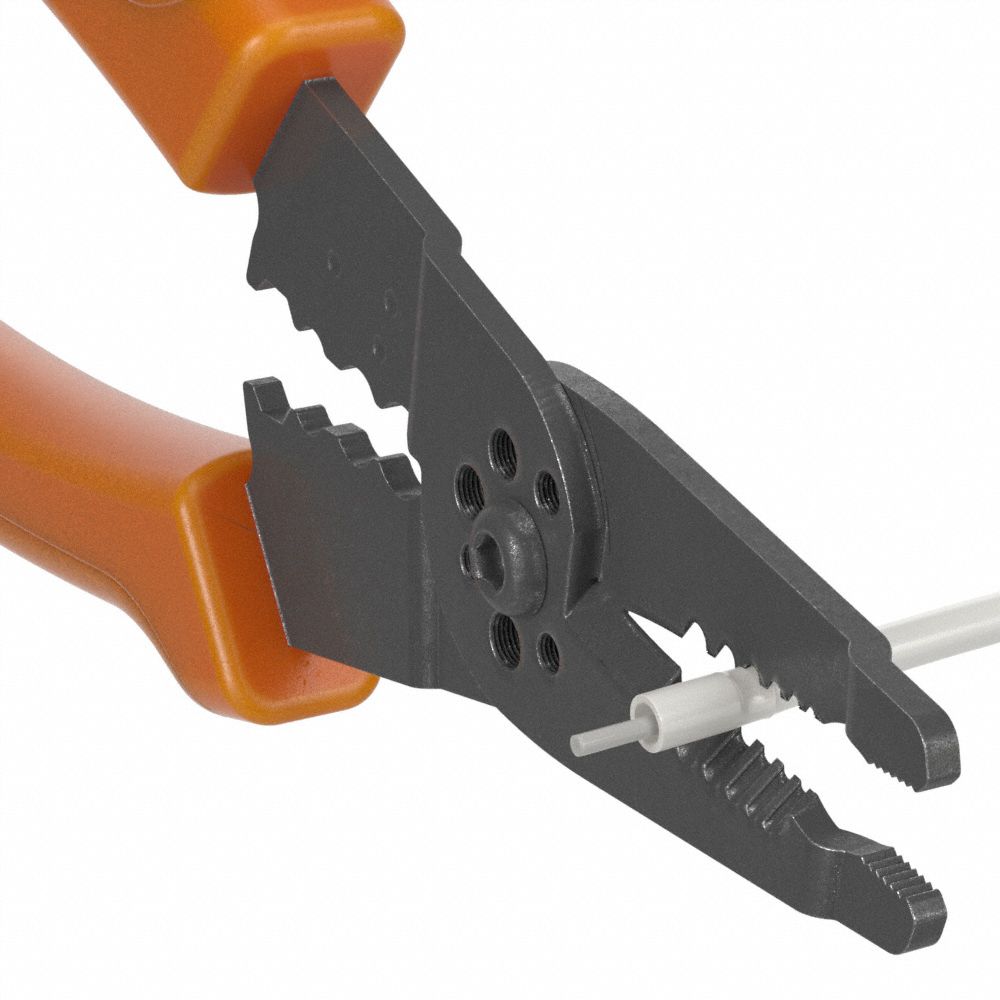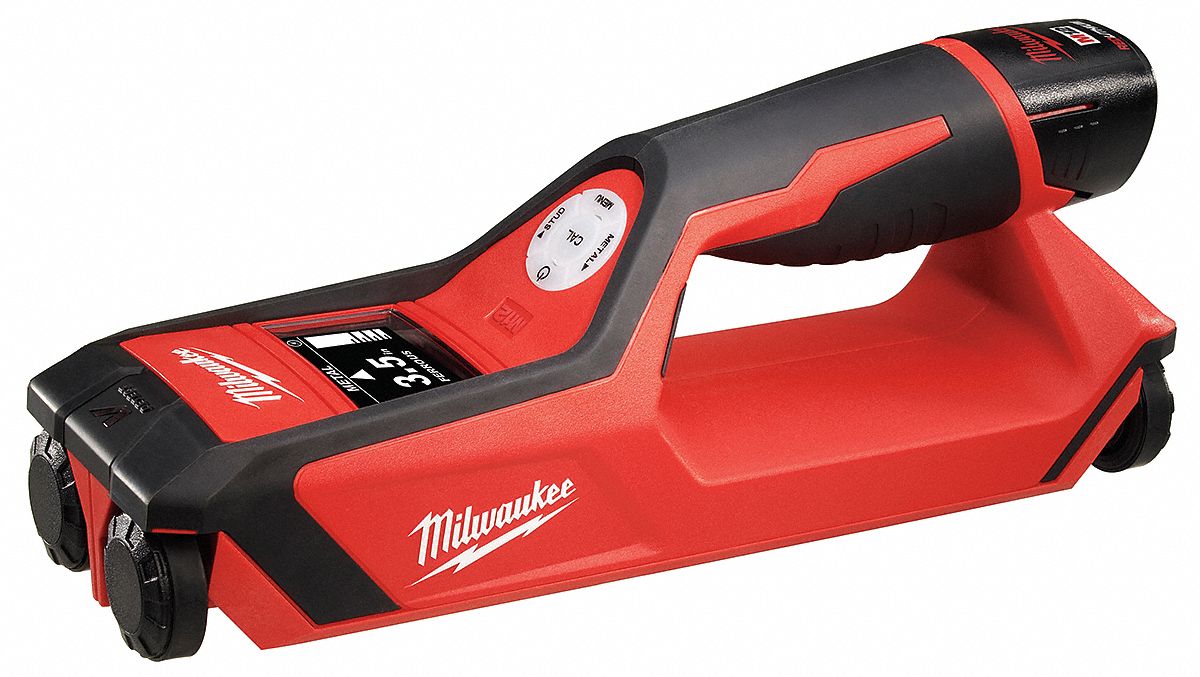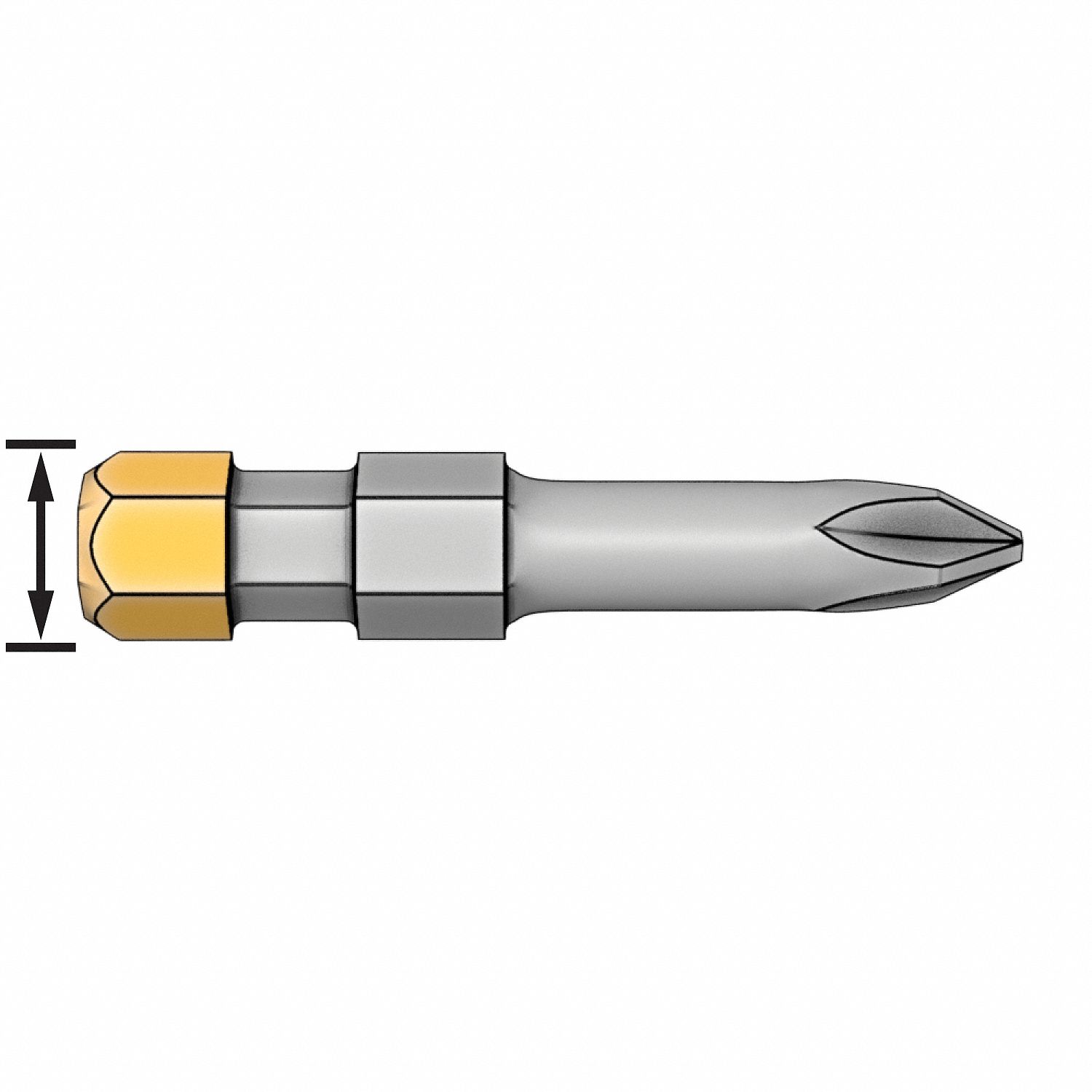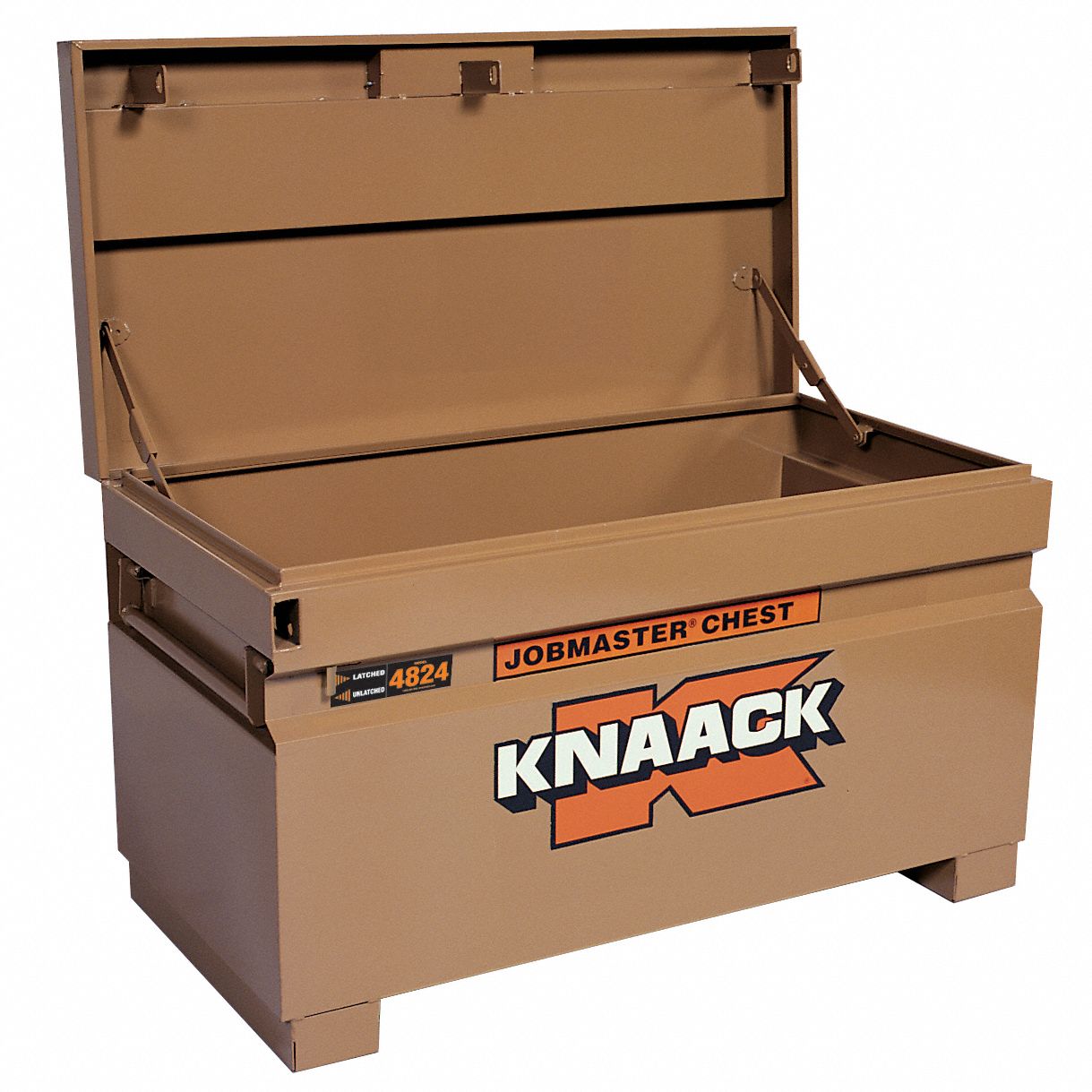

Workbench Height Ergonomics - Are You Working at the Right Height?
By Grainger Editorial Staff 5/1/18


Many jobs require a working surface like a bench or table to perform the task at hand. While the height of the working surface is important to executing the task, it nonetheless may increase the risk of musculoskeletal disorders (MSDs) like tendonitis, chronic back pain and rheumatoid arthritis.
For employers, MSDs result in high costs stemming from increased absenteeism, lost time from work, and higher health care, disability and worker’s compensation costs. According to the CDC (Centers for Disease Control and Prevention), MSD cases cost more than average nonfatal work-related employee injuries or illnesses.
One Size Does Not Fit All
To reduce the incidence and severity of such injuries, conventional wisdom has long held that work table height should be relatively high. Now researchers specializing in ergonomic workspace environments believe a more human-centric approach is required. There is, unfortunately, no single ideal workbench height. The reason: Our bodies are different.
Ergonomics is the science of aligning the workplace with the capabilities of the working population. With regard to working surfaces, a one-to-many approach is not an optimal consideration, given our different body dimensions. While Bob may not have to lean over at his high bench to perform a task, Mary might have to. “The problem is whether workstation features such as bench and desk heights...can comfortably fit a range of body sizes,” the CDC stated.
Different Heights For Different Tasks
In addition to a person’s body type, the type of task performed should also play a major role in the configuration of a workstation. In manufacturing and construction environments, for instance, workers may need to plane, hammer, screw, and push and pull objects. Multiple muscles in the arms, abdomen, legs and feet are needed to perform the activities. Good foot traction, for example, is important to exert force. A high workbench may restrict this ability.
Tasks that require standing for long periods of time are another consideration. Recently there has been a great deal of interest in the benefits of standing at work rather than remaining seated for hours at a time, but it's important to note that standing all day at work has its own set of drawbacks. Although standing is a natural position, it requires significant muscular effort. Blood supply to the legs, back and neck—the primary muscles involved in standing upright—is diminished, leading to discomfort, fatigue and worse. Correct standing desk posture can be hard to maintain.
According to the Canadian Centre for Occupational Health and Safety, excessive standing causes the joints in the spine, hips, knees and feet to become temporarily immobilized or locked. “This immobility can later lead to rheumatic diseases due to degenerative damage to the tendons and ligaments,” the Centre stated.
Similarly, there are seated tasks that require excessive stretching and wrist deviations to reach needed parts. A related problem is insufficient legroom while seated, resulting in awkward positions. Lastly, the amount of time one spends during a task can further increase the risk of an MSD occurring.
The best practice for employers is to consider the relationship between a task, the worker, and the working surface. CDC advises that companies study the physical makeup of a worker and the body parts involved in a task prior to determining the optimal working surface.
The Key Is Ergonomics
Fortunately, employers don’t necessarily have to create a specific workstation from scratch to match the physical dimensions of each worker. Several manufacturers make a variety of different-sized adjustable tables and benches so workers can do a myriad of tasks comfortably and safely. Footwear providing enhanced traction and adaptable ergonomic chairs and stools also are available.
Equipment alone won’t eradicate MSDs. Other smart tips include encouraging workers to avoid excessive bending and stretching, change positions on a frequent basis, and pace their work with frequent rest periods. Together, these various tactics should reduce the risk and the high costs associated with MSDs.
The information contained in this article is intended for general information purposes only and is based on information available as of the initial date of publication. No representation is made that the information or references are complete or remain current. This article is not a substitute for review of current applicable government regulations, industry standards, or other standards specific to your business and/or activities and should not be construed as legal advice or opinion. Readers with specific questions should refer to the applicable standards or consult with an attorney.

